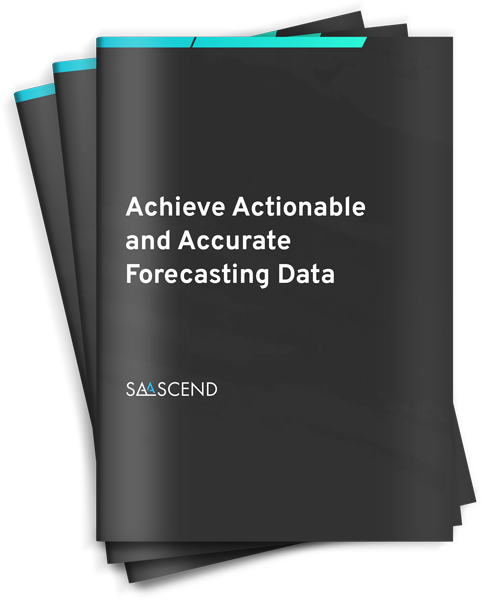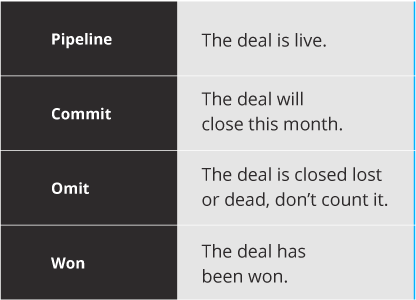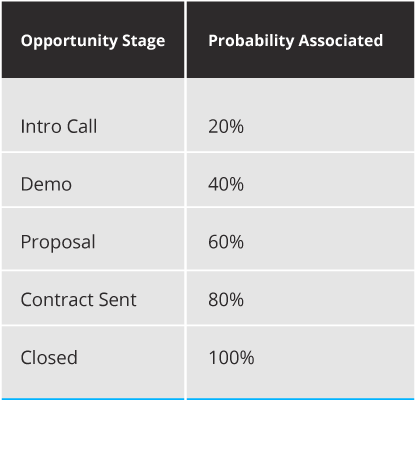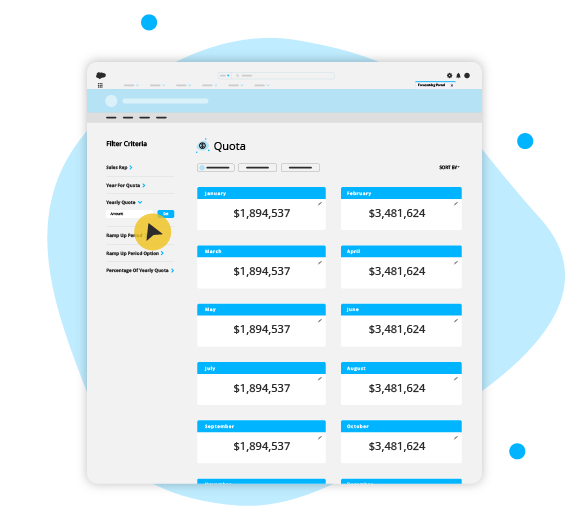Be able to analyze data trends and proactively make course corrections to coach your team and understand whether or not you are on track to reach your goal for this quarter and the next.

Inside the eBook
“Use forecasting categories like Pipeline, Commit, Omit, and Won to gain more clarity on the deals that are more likely to close this month. Sales reps only place deals in the Commit category if they have an agreed upon timeline from the prospect and are confident that they will close the deal within the month. If it is halfway through the month and there are deals with a close date by the 30th or 31st and they are not in the Commit category, then push the close dates out to next month for a precise view of what you can expect to be won by the end of the month…”


“Use previous baseline data of your opportunity or deal stage conversion rates to associate levels of probability that a deal will close for each stage. You can use automation in the CRM or you can give a guide of ranges to your sales reps and have them update this themselves. Using some type of probability standardization will help you to avoid having early stage deals marked with high probability skew your forecast data if they do not close…”
“If your close rate is roughly 33% then your sales team will close or win roughly 1 in 3 deals. If a rep has three deals in the pipeline each for the amount of $100,000, the gross would be $300,000. It would be inaccurate to forecast the $300k because the rep is more likely to close and win 1 out of three deals. Therefore, the more accurate forecast would be the net which is $100,000. Use your close rate to help inform the net that you should be forecasting…”

“Many times sales leaders are so focused on their pipeline for forecasting that they do not include the conversion rates and the velocity for leads and meetings on their dashboard. Leads and meetings are what precede your pipeline and will therefore be leading indicators as to the amount of pipeline that you can expect this quarter and the next. You can also gauge how long it will take a deal to enter your pipeline from the time a rep has their first meeting with a prospect. If it takes two weeks, then any meeting that happens after the 15th of the month will not have a deal enter the pipeline until most likely the month after…”
Resource for the Journey
Finally, Achieve Accurate & Actionable Forecasting

When it came time to bring in a partner, it was a no-brainer for me to choose SaaScend again. They are thought leaders who really know what they are doing. —Alicia Balance




